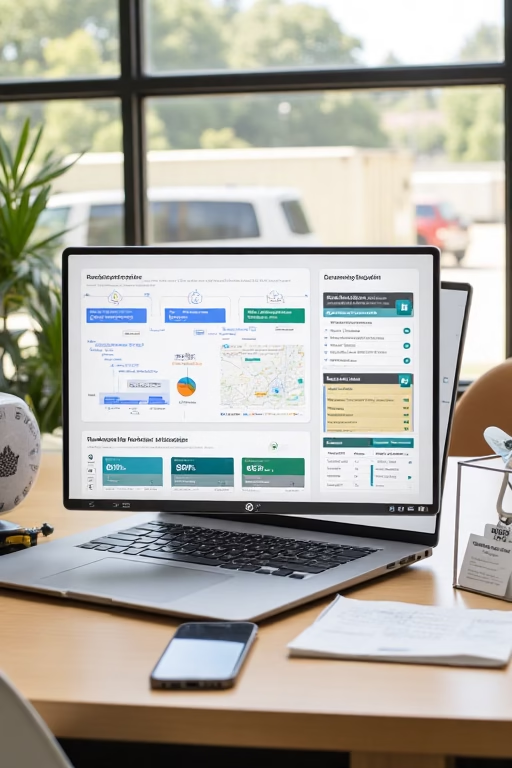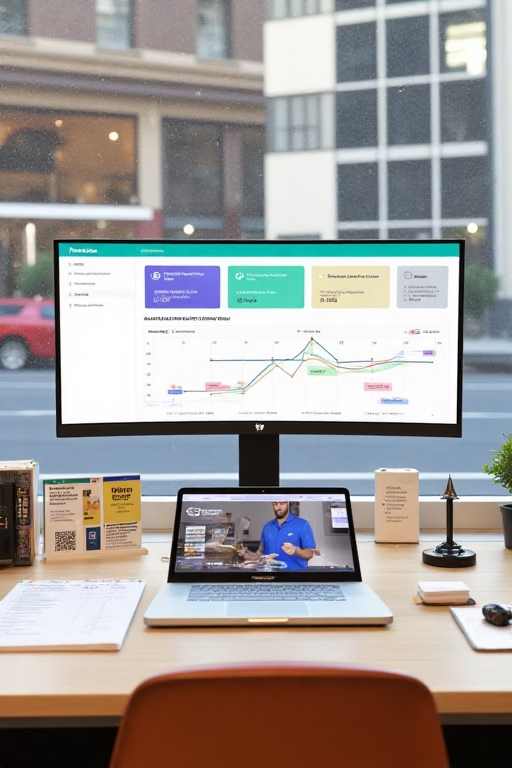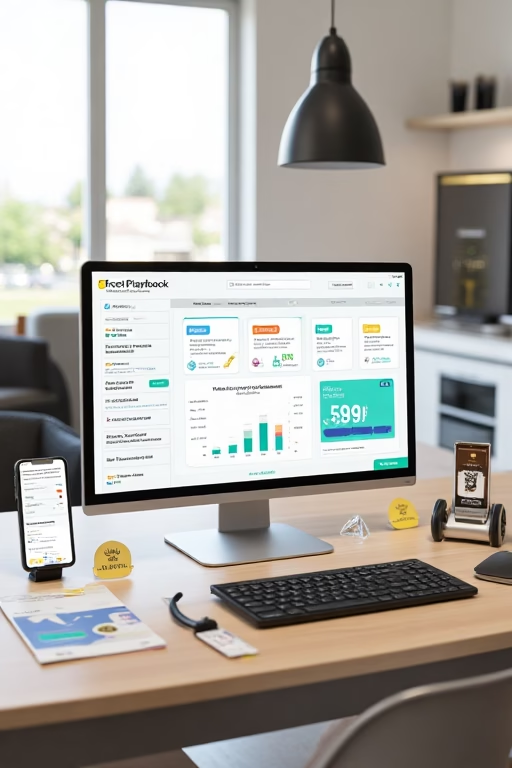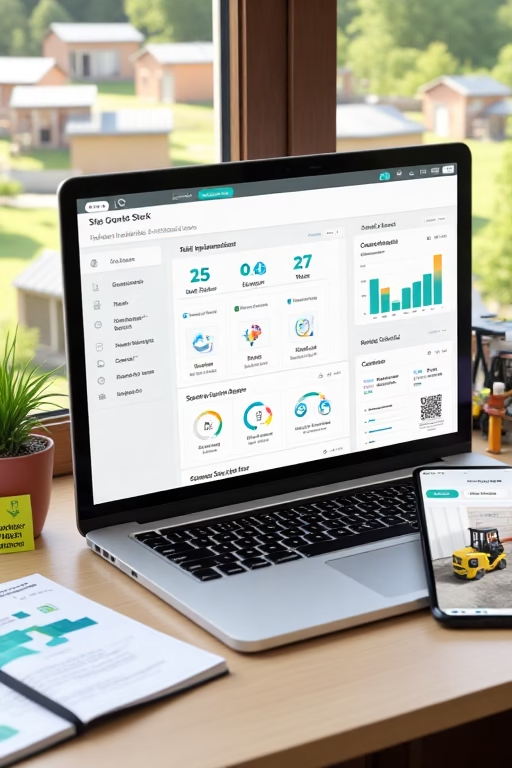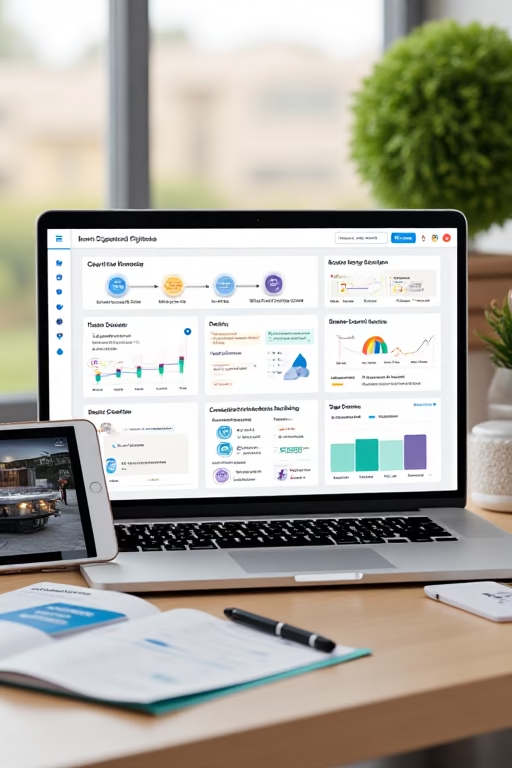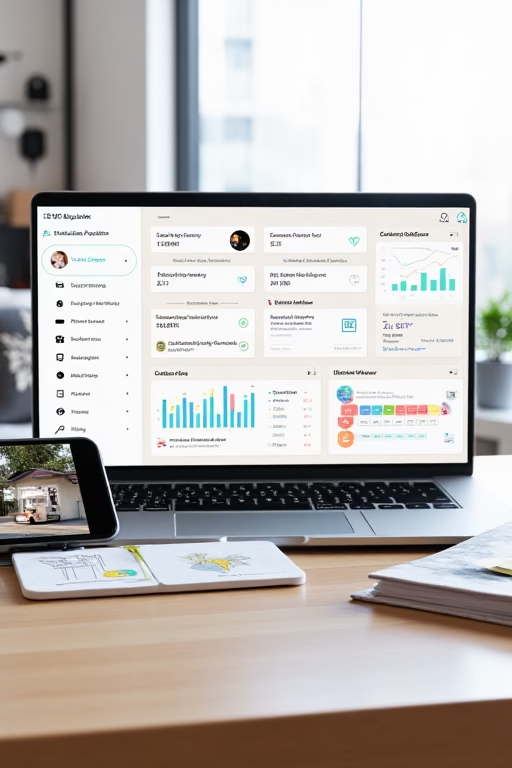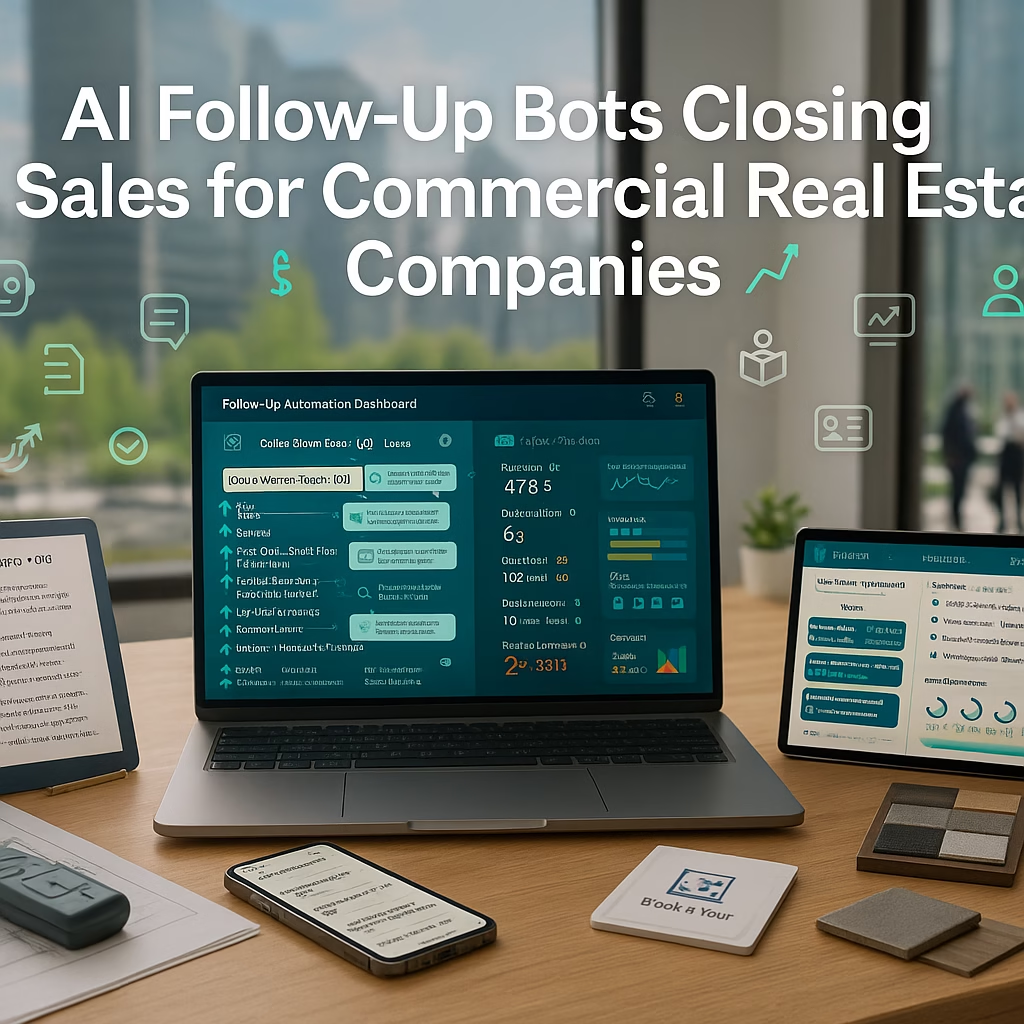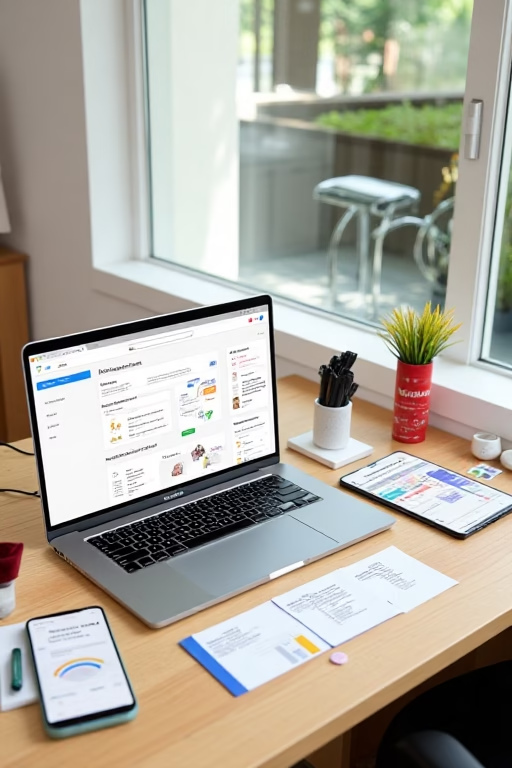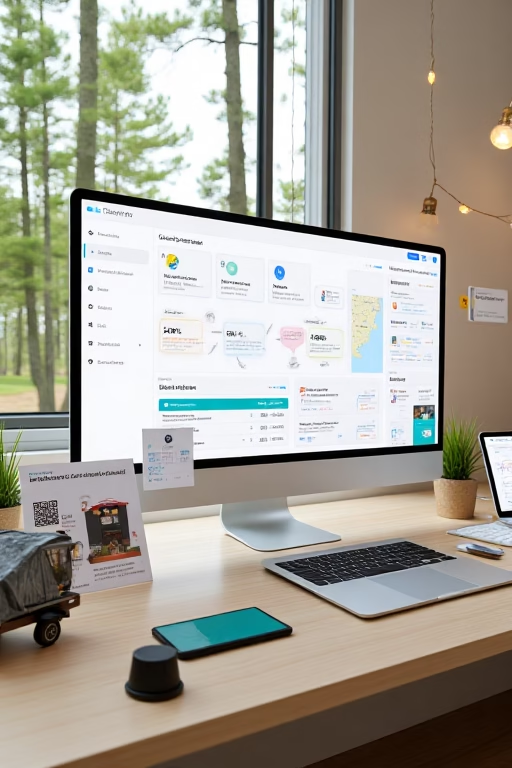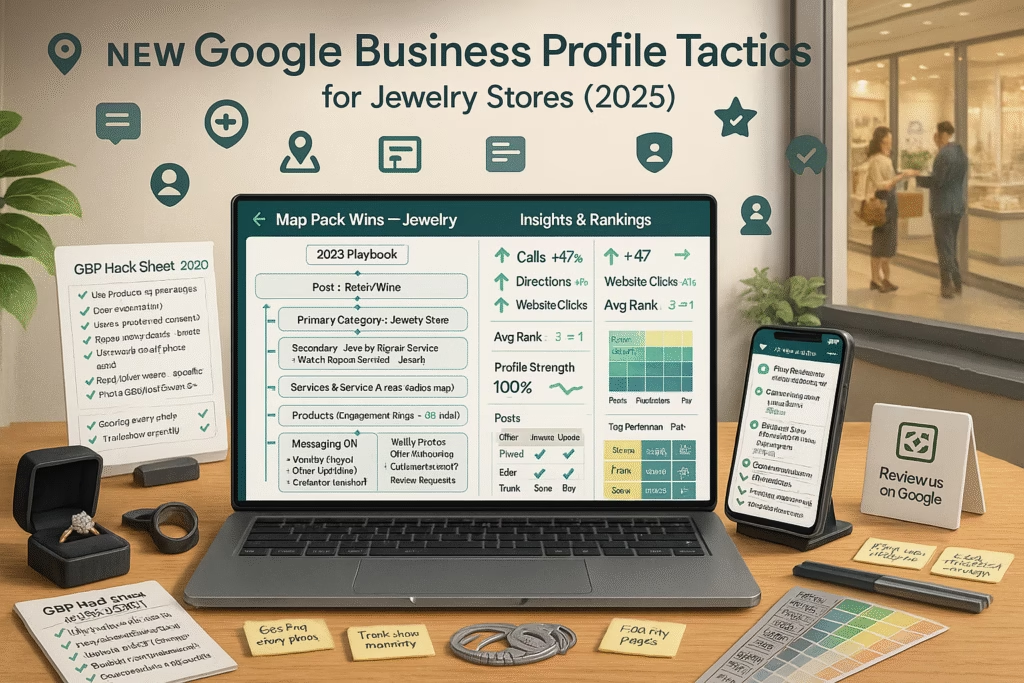how to rank my shipping container companies business on google maps
How to Rank My Shipping Container Companies Business on Google Maps
From zero visibility to map pack wins—without guesswork.
Introduction
how to rank my shipping container companies business on google maps isn’t a trick phrase—it’s a checklist. When your Google Business Profile (GBP), service‑area pages, reviews, and photos line up, you outrank bigger yards, earn calls, and book deliveries the same day.
Educational guide only—follow Google guidelines, use accurate business info, and avoid spam tactics (fake addresses, keyword‑stuffed names). Slow, consistent improvements beat shortcuts.
Expanded Table of Contents
- 1) Why Maps Decides Container Sales
- 1.1 Proximity + relevance + prominence
- 1.2 Phone‑first buyers and urgent needs
- 2) Google Business Profile Setup That Ranks
- 2.1 Name, primary category & secondary categories
- 2.2 Address vs. Service Area Business (SAB)
- 2.3 Hours, phone, website, appointment links
- 2.4 Products & Services (20ft, 40ft HC, rentals)
- 3) Service‑Area & Yard Strategy
- 3.1 Main yard vs. satellite lots
- 3.2 Radius & ZIP targeting
- 3.3 Fleet capacity & routing windows
- 4) NAP Consistency & Citations That Matter
- 5) Photos/Videos That Convert (Crane + Delivery)
- 6) Review Engine & Response Templates
- 7) GBP Posts, Offers & Q&A Seeding
- 8) On‑Site SEO: City Pages & Inventory
- 9) Schema Markup for Containers
- 10) Local Links & Partnerships
- 11) Tracking: UTM, Call Tracking & GBP Insights
- 12) Spam Fighting—Ethically
- 13) Suspension Risks & Recovery
- 14) Lead Handling Speed & Scripts
- 15) 30–60–90 Day Map‑Rank Plan
- 16) Troubleshooting & Optimization
- 17) 25 Frequently Asked Questions
- 18) 25 Extra Keywords
1) Why Maps Decides Container Sales
1.1 Proximity + Relevance + Prominence
Google’s local algorithm blends where the searcher is (proximity), how well your profile matches the query (relevance), and your reputation/coverage (prominence). You can’t move the searcher, but you can sharpen relevance and build prominence.
1.2 Phone‑First Buyers
Container buyers want fast quotes, delivery windows, and photos. Buttoned‑up profiles earn the call—then your speed wins the sale.
2) Google Business Profile Setup That Ranks
2.1 Name & Categories
- Real name only: Use your legal/brand name. No keyword stuffing.
- Primary category: Shipping container supplier.
- Secondary categories: consider Container supplier, Storage facility (if applicable), Logistics service (if true).
2.2 Address vs. Service Area Business (SAB)
If you have a staffed yard, show the address. If you deliver from a non‑retail yard, hide the address and set a service area. Never use PO Boxes or virtual offices.
2.3 Essentials
- Hours that match reality (include Saturday if you answer phones).
- Local phone that rings your sales desk; enable call history.
- Website URL with UTM (e.g.,
?utm_source=google&utm_medium=organic&utm_campaign=gbp). - Appointment link → quote form or “Book delivery window.”
2.4 Products & Services
- Products: 20ft standard, 40ft standard, 40ft High Cube, 10ft micro, one‑trip, cargo‑worthy, wind‑watertight.
- Services: rentals, delivery with tilt‑bed/crane, custom doors/windows, paint, insulation, grounding.
3) Service‑Area & Yard Strategy
- Define a realistic radius based on truck time and fees (often 25–150 miles).
- Prioritize ZIP clusters with demand and highway access.
- List satellite lots only if staffed and guideline‑compliant.
4) NAP Consistency & Citations That Matter
- Keep Name, Address, Phone identical across your site, directories, and invoices.
- Key listings: Bing Places, Apple Business, industry directories, local chambers.
- Use one format for suite #, road types, and phone punctuation.
5) Photos/Videos That Convert (Crane + Delivery)
- Monthly uploads: yard, inventory rows, serials, interiors, before/after.
- Action clips: tilt‑bed unload, crane set in tight spots, door swing, lockbox close‑up.
- Geo‑relevant captions: city/ZIP, neighborhood landmarks (no private addresses).
6) Review Engine & Response Templates
Ask (after delivery)
"Thanks for trusting us with your 40ft HC in ! Could you share a photo and a quick review on Google? It helps neighbors find us. "
Reply (positive)
"Appreciate you, ! Glad the tilt‑bed fit your driveway. Enjoy the extra storage."
Reply (issue)
"Thanks for the note, . We’re calling you now to fix the scuff and make it right."
Aim for steady volume with photos; never incentivize reviews against policy.
7) GBP Posts, Offers & Q&A Seeding
- Weekly Post: highlight inventory, delivery windows, or city projects.
- Offer: free lockbox or delivery discount zones.
- Q&A: seed common questions and answer fully (delivery access, HOA, permits).
8) On‑Site SEO: City Pages & Inventory
- City/ZIP pages with lead times, fees, and recent sets.
- Inventory pages: specs, grades (one‑trip/WWT/CW), real photos, price ranges.
- Quote form with ZIP, access notes (gates, slope, trees), and preferred window.
- Embed a map with driving directions and service‑area notes.
9) Schema Markup for Containers
LocalBusinesswith same NAP as GBP.Productfor 20ft/40ft models (offers, dimensions).FAQPagefor delivery/permits questions.
10) Local Links & Partnerships
- Builders, roofers, landscapers, farms—publish project case studies.
- Sponsor youth sports or cleanup days; post photos and link back.
- Collaborate on “container classroom” or “jobsite storage” features.
11) Tracking: UTM, Call Tracking & GBP Insights
- Use unique call tracking numbers per channel (web, GBP, ads).
- Review GBP Insights: calls, direction requests, photo views.
- Match quotes to revenue to see true ROI by ZIP and product.
12) Spam Fighting—Ethically
- Report clear violations (fake names, fake addresses) via official channels.
- Do not mass‑report legitimate competitors; focus on your own excellence.
13) Suspension Risks & Recovery
- Risks: keyword‑stuffed names, prohibited addresses, inconsistent NAP.
- Keep utility bills, business license, signage, and yard photos ready for reinstatement.
14) Lead Handling Speed & Scripts
DM/SMS Autoreply (during hours)
"Thanks for reaching out! We can deliver a 20ft as early as tomorrow in . What’s your ZIP and do you have gate or tree limits?"
Phone Script (first 30s)
"ZIP, container size, grade (one‑trip/WWT/CW), and delivery window—let’s get you a price in 5 minutes."
Speed wins maps: answer calls, return missed calls, and reply to DMs within minutes.
15) 30–60–90 Day Map‑Rank Plan
Days 1–30: Foundation
- Audit GBP, NAP, and categories; add products/services.
- Publish 3 city pages; upload 25 fresh photos and 2 delivery clips.
- Launch review request flow; set UTM and call tracking.
Days 31–60: Momentum
- Weekly Posts & Q&A; add inventory with price ranges.
- Partnership features with 2 local orgs; earn 3 local links.
- Improve response time to under 10 minutes on all channels.
Days 61–90: Scale
- Add satellite lot (if compliant); expand service‑area pages.
- Publish 2 case studies with photos and delivery maps.
- Monthly review: rank by ZIP, calls, revenue → double down.
16) Troubleshooting & Optimization
- Many views, few calls: add phone button, clearer prices, and delivery windows.
- Great rank, poor close rate: speed up quotes; add access questions early.
- Photo views flat: upload monthly; show action shots and interiors.
- Reviews slow: text the link after delivery with a photo prompt.
Consistency and truthful detail are the engine behind how to rank my shipping container companies business on google maps.
17) 25 Frequently Asked Questions
1) Do I need a public storefront to rank?
No. A Service Area Business can rank if you follow guidelines and show real service coverage.
2) What’s the best primary category?
“Shipping container supplier.” Add secondary categories only if accurate.
3) Should I show prices on GBP?
Yes—use ranges and link to a quote form for exact delivery fees.
4) How often should I post photos?
Weekly is ideal; at minimum, add new photos monthly.
5) Do video uploads help?
Yes—delivery and crane clips boost engagement and trust.
6) How fast should I reply to calls/DMs?
Under 10 minutes during open hours; use autoresponders smartly.
7) Can I list multiple locations?
Only if each has legitimate staffing and meets guidelines.
8) How important are reviews?
Critical—steady, photo‑rich reviews raise prominence and conversion.
9) What if I moved yards?
Update all citations and GBP; post photos of new signage and yard.
10) Can I add service‑area ZIPs?
Yes—choose realistic coverage you can deliver within quoted windows.
11) Do city pages still work?
Yes—avoid duplicates; include local photos, fees, and delivery timelines.
12) What schema should I add?
LocalBusiness, Product for sizes/grades, and FAQPage for common questions.
13) How many products should I list in GBP?
Start with 6–10 core SKUs (20ft/40ft, HC, one‑trip, WWT, rentals).
14) Should I enable messaging?
Yes—many buyers prefer texts for quick delivery checks.
15) Can I rank outside my city?
With strong prominence (reviews/links/city pages) and realistic service areas, yes.
16) Do call tracking numbers hurt NAP?
Use a tracking number in GBP and show your main number on the site with matching schema.
17) Are “near me” keywords useful on pages?
Use natural phrasing; focus on city/ZIP specifics and delivery proof.
18) How do I avoid suspensions?
Use real names/addresses, consistent NAP, and guideline‑compliant categories.
19) Should I add appointment links?
Yes—route to quotes or site‑checks; reduce back‑and‑forth.
20) Do partnerships help ranking?
Yes—local links and case studies build prominence.
21) Is Apple Business worth it?
Yes—extra visibility on Apple Maps and Siri; keep data consistent.
22) How do I handle duplicate listings?
Request merges/removals through official support to avoid confusion.
23) Should I run ads while building SEO?
Yes—ads fill the gap and provide data on high‑intent ZIPs.
24) What KPI proves we’re winning?
Calls + quotes + booked deliveries per ZIP—tied to revenue.
25) What’s the fastest win this week?
Add 25 real photos, enable messaging, list core products, and ask 5 recent customers for photo reviews.
18) 25 Extra Keywords
- how to rank my shipping container companies business on google maps
- shipping container supplier Google Maps
- container rental local SEO
- 20ft container delivery near me
- 40ft high cube delivery
- one‑trip container supplier
- cargo‑worthy container sales
- wind‑watertight container prices
- container yard photos GBP
- tilt‑bed container delivery video
- crane set shipping container
- container quote form SEO
- container service area pages
- container products in GBP
- container rentals Google reviews
- container supplier city pages
- map pack ranking containers
- container yard citations
- local links for container dealer
- container delivery access checklist
- container supplier schema
- GB P posts for containers
- container supplier call tracking
- container SEO 2025 playbook
- shipping container supplier near me
how to rank my shipping container companies business on google maps Read More »


